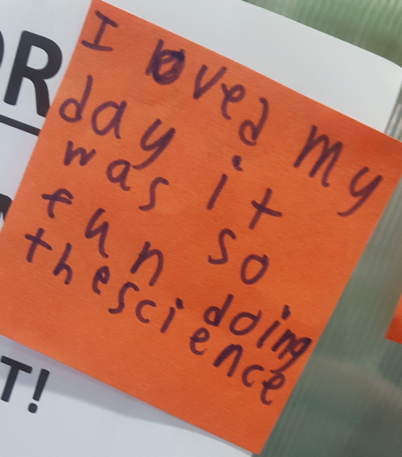
In the first of a pair of blogs, Dr Kirstin Purves reflects on resilience from the perspective of an early career researcher. Next up will be the sister blog where Prof Thalia Eley will answer the same questions from the perspective of a senior academic. What…









Recent Comments